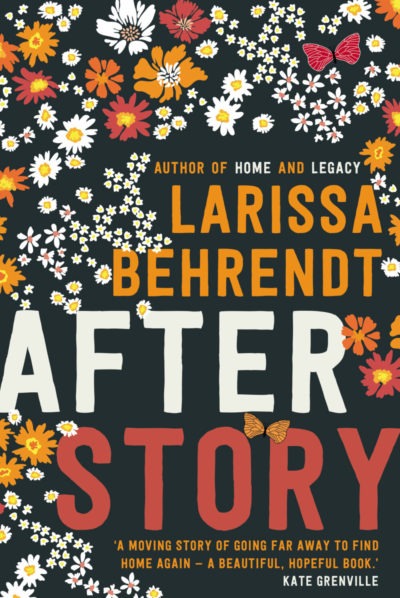Stories and silences: ‘After Story’ by Larissa Behrendt
Amongst loss, you need to hold onto what you still have.’
After Story p260
What do Australian First Nation’s cultural stories and history have to do with the writings and times of Dickens, Shakespeare, Woolfe, Keats or Austen? The surprising answers to this question are to be found in the pages of After Story, by First Nations lawyer, academic, author, speaker and film-maker Larissa Behrendt.
A tragic loss opens the story, one that forever scars Della and her family. All the other events of the novel hang off that one devastating event and its consequences.
Years later, Della accompanies her now adult daughter Jasmine on a literary tour of England, taking in the places where many of the ‘greats’ of British literature were born, or lived, or worked.
Jasmine sees books as her escape from the claustrophobia, racism and limited opportunities of the small town in which she grew up. She has read widely, graduated from university, and now works in a legal career. She invites Della on the tour with her as a way of bridging the gap that has arisen between them over the years. Alternating viewpoints allow us to experience both women’s perspectives on the tour. Della’s viewpoint is less sophisticated than her daughter’s, especially as she knows little about the writers and their works, but no less heartfelt or insightful for that.
At every significant place visited, the characters in the group chat, argue and reflect on the particular writer, their historical context and achievements. The author has skillfully linked all of these with commentary and reflections on Aboriginal experiences. An example: when told of the plague that struck England during Shakespeare’s time, followed by London’s Great Fire in 1666, Della relates these catastrophic events to the smallpox outbreak and land dispossession that decimated First Nations communities in the earliest years of English settlement:
I thought about what it must have been like for those Aboriginal people who watched the world around them change hard and fast when the colony was set up, who had to watch the destruction of the life they knew.
After Story p43
Della’s deceased Aunty Eileen is an important, if unseen, character. It is through Della’s and Jasmine’s remembered conversations with her, that key features of Aboriginal culture, history and beliefs are shared and further linked to European lives and histories. Gazing at a copy of the Magna Carta in the British Library, Jasmine reflects that:
If Dickens reminded us that the system is not fair, here was the hope, the ancient promise, that it might be. Aunty Elaine’s generation had advocated for changes that made opportunities in my life different from those for Mum and Dad. It’s not just the words on the page but the people who push the ideas at the heart of them who really alter the world.
After Story p82
The characters are all three dimensional and fresh, their struggles real, and at times there are uncomfortable moments, as the author invites us to consider our own culture’s role in the theft, forgetting or dismissal of cultures other than our own. But for anyone who loves literature and/or stories and their long histories, this is a book to relish, made all the more special by the weaving together of old and contemporary, indigenous and non-indigenous traditions, tragedy and loss with hope and love.
After Story was published by Queensland University Press in 2021.
Related
You May Also Like



One Comment
shelleyrae @ Book'd Out
Lovely review Denise, thanks for sharing your thoughts